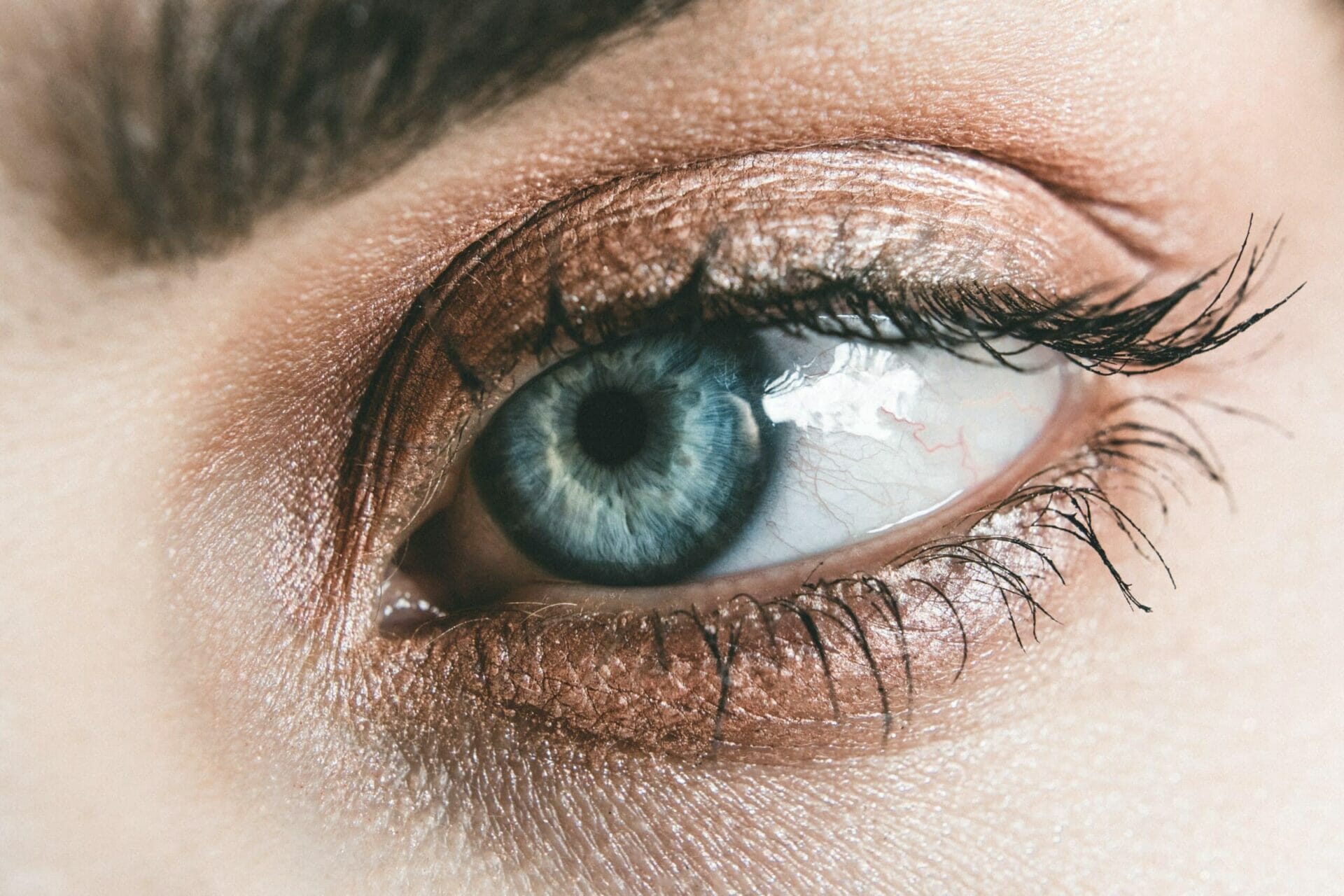
While there is no official scientific consensus on the relationship between misophonia and misokinesia, some researchers and persons have taken to using the term misokinesia (hatred of movement) for visual triggers. It is important to note that this is just a name, and the underlaying mechanisms behind the two phenomenon could be related, or they could be part of a separate reaction. There is even less scientific information on misokenisa than there is misophonia. A sensory diet (which are set activities designed by occupational therapists) can be helpful to prevent meltdowns and shutdowns related to misokenisa and misophonia.
Both misophonia and misokenisa are similar to the subset of Sensory Processing Disorder called Sensory Over Responsivity. Persons who struggle from visual triggers have reported feeling a similar feeling of anger, pain and disgust as that of misophonia.
Visual triggers have a negative impact on the life of misophonia sufferers. Some of the following triggers have been reported by sufferers, some of which are related to the sounds they are associated with (gum chewing) while others are related to movements or sights.
The following visual triggers have been reported, but this does not mean that others are not possible.
- Gum Chewing
- Swaying
- Leg tapping/swaying
- Bags swaying
- Clocks
- Mouths Moving
- Pin Wheels
- Moving Signs
- Flashing/Blinking Lights
- Wind Mills
If you suffer from visual triggers, it is important to know that you’re not alone. Like misophonia, there is no treatment for misokenisa, however scientists are looking into this phenomenon.
If you are looking for misophonia coping skills, you can go here to see coaching (worldwide) and here to see therapy (Canada) options with Shaylynn Hayes-Raymond. Shaylynn also offers both live and on-demand webinars for misophonia.

